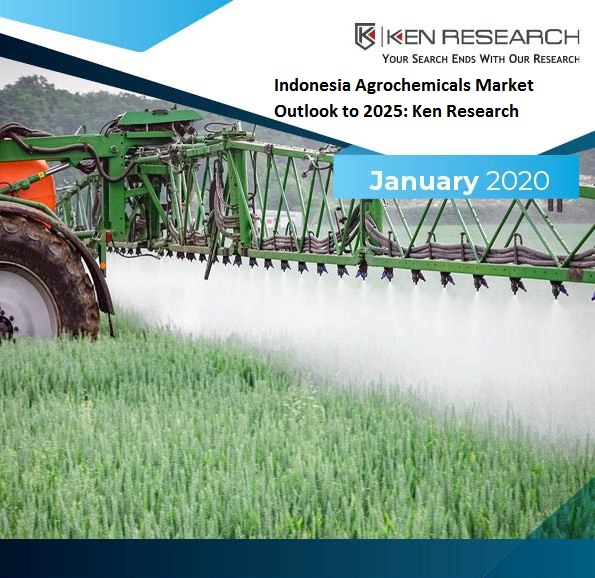Agriculture is one amongst Namibia’s most vital sectors. The majority of Namibia’s population be determined by directly or indirectly on the agricultural sector for their livelihoods. Agriculture’s contribution to Gross Domestic Product (excluding fishing) over the last five years has been simply over four percent. Livestock farming contributes to roughly two-thirds of agricultural production, with crop farming and biological science creating up the remaining third of production. The country contains of poorly vegetated steppe-like areas leading in southern and western regions, the Namib Desert within the west on the Atlantic Ocean, the Kalahari Desert within the southeast, extensive savannah and woodlands in the central and north-eastern areas, and subtropical forests within the far north-eastern regions. Five perennial rivers are found along the borders with neighbour countries; all alternative rivers are peripheral.
The report analysis,’ Namibia Agriculture Market Trends, Statistics, Growth, and Forecasts’ To guard native farmers, to encourage larger production of grain merchandise, and to fulfil its food security goals the government (via the Agronomic Board) has established policies to manage bound grains. White maize, wheat, mahangu (pearl millet), and product resulting from these three grains are measured. Controlled grain harvests will solely be imported or exported with authorisations issued by the Agronomic Board and therefore the Ministry of Agriculture, Water and Forestry (MWAF). Despite its marginal contribution to Gross Domestic Product (GDP), the agriculture sector remains central to the lives of the majority of the bulk of population. Directly or indirectly, it helps over 70 percent of the country’s population. The sector may be divided into two distinct sub-sectors: the capital intensive, comparatively well developed and export bound industrial sub-sector; and the subsistence-based, high-labour, low-technology communal sub-sector.
Namibia’s agriculture sector is forced by a range of challenges. This section outlines a number of the main challenges, the Government’s responses to those and therefore the remaining gaps. Restricted human and institutional capacity, updating policy and turning it into observe, Lack of coordination on food and nutrition security problems, Weak access to agricultural knowledge by policy manufacturers and farmers, Low crop productivity, Livestock health problems, Low in-land fish production, Inadequate land use plans, Inadequate capability in land valuation, Constraints in post-settlement support services to farmers on re-settled land and Constraints in sustainable forestry management. Food safety has been a prime concern for Namibia consumers, particularly regarding farm turnout like grains, meat, vegetables and seafood. Recent scandals have somewhat dampened consumers’ confidence in food safety, and in response, the government has introduced rules to boost up food safety and strengthen quality observance.
In addition, the rising demand for high-quality agricultural merchandise versus their restricted offer ultimately ends up in multiplied imports. Namibia’s agriculture sector delivers livelihoods to households in rural areas. Besides with forestry and fisheries, it is one amongst the biggest contributors to Namibia’s GDP.
Furthermore, the Federal Republic of Namibia government has for many years actively supported the agriculture area during mechanisms like plant food subsidies, and comfortable discarding circumstances, amongst others, approving farmers to specific a good approximation of their incomes and set up for consequential agricultural season consequently. Through a setup of public establishing and many programmes and schemes, Nigeria agriculture and regional establishments are trying to protection agricultural producers and enhancement production. Therefore, it is expected that the Namibia market will boost up throughout the forecast amount.
For More Information, refer to below link:-
Related Report:-
Paraguay Agriculture Market Trends, Statistics, Growth, and Forecasts
Contact Us:-
Ken Research
Ankur Gupta, Head Marketing & Communications
Ankur@kenresearch.com
+91-9015378249

